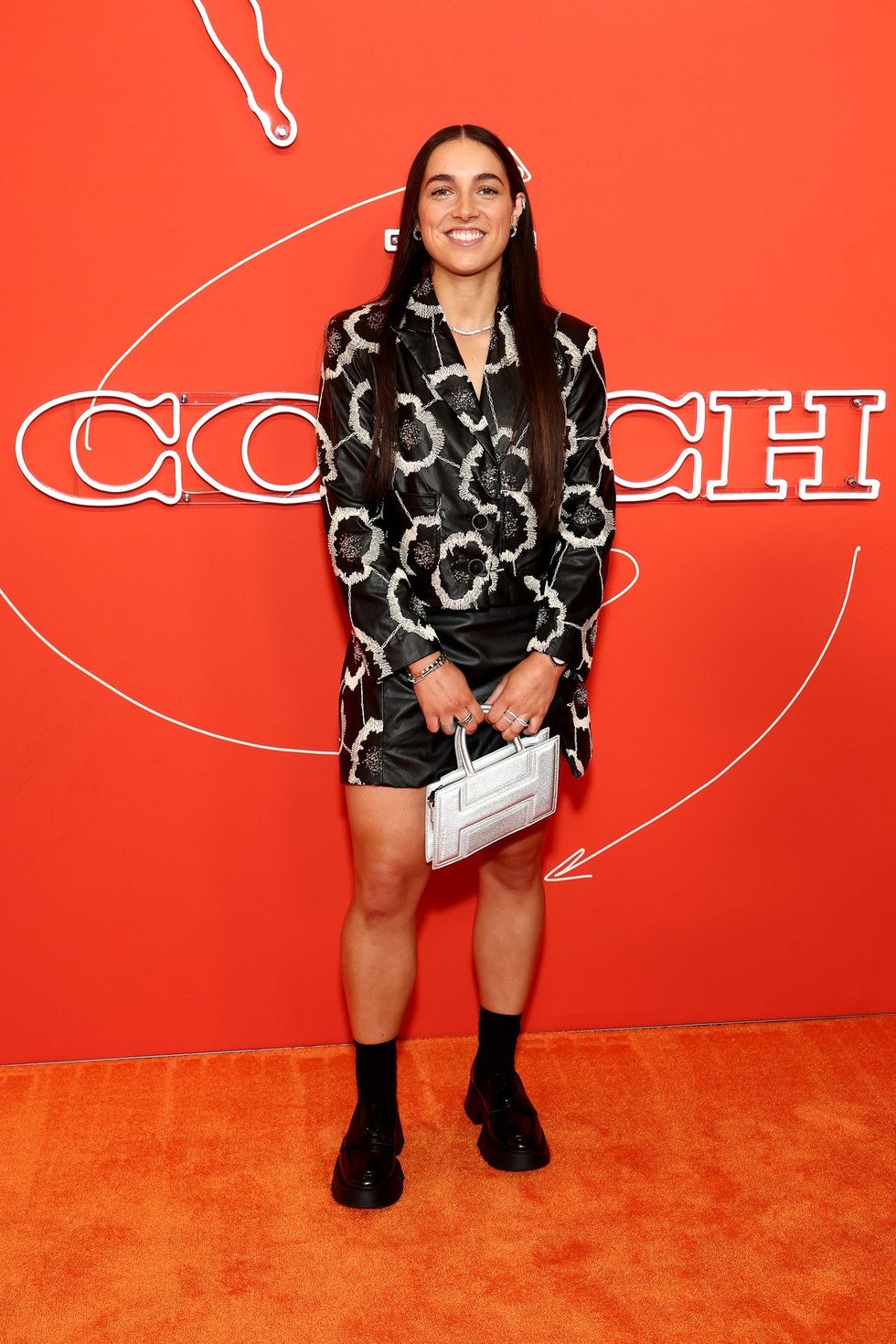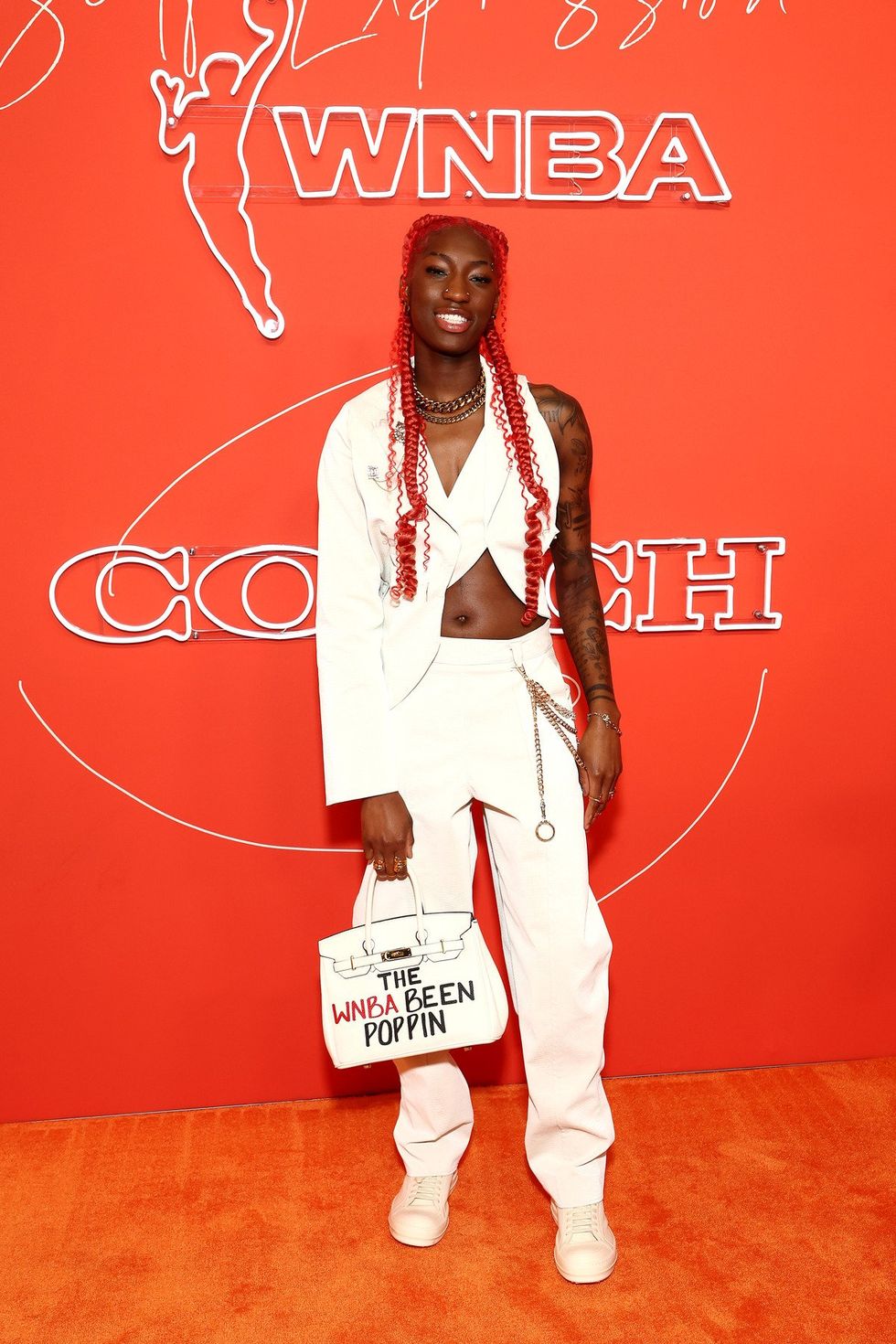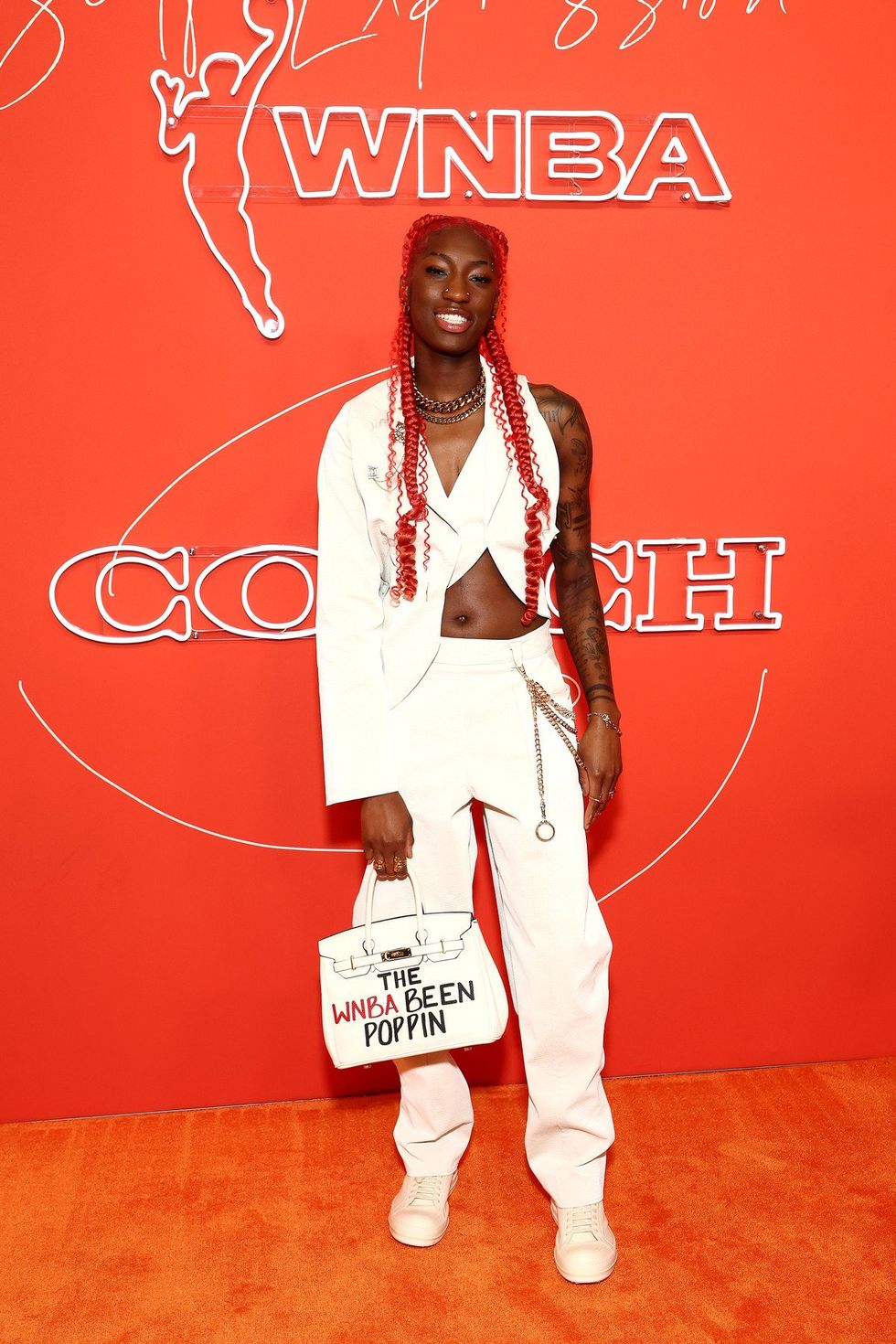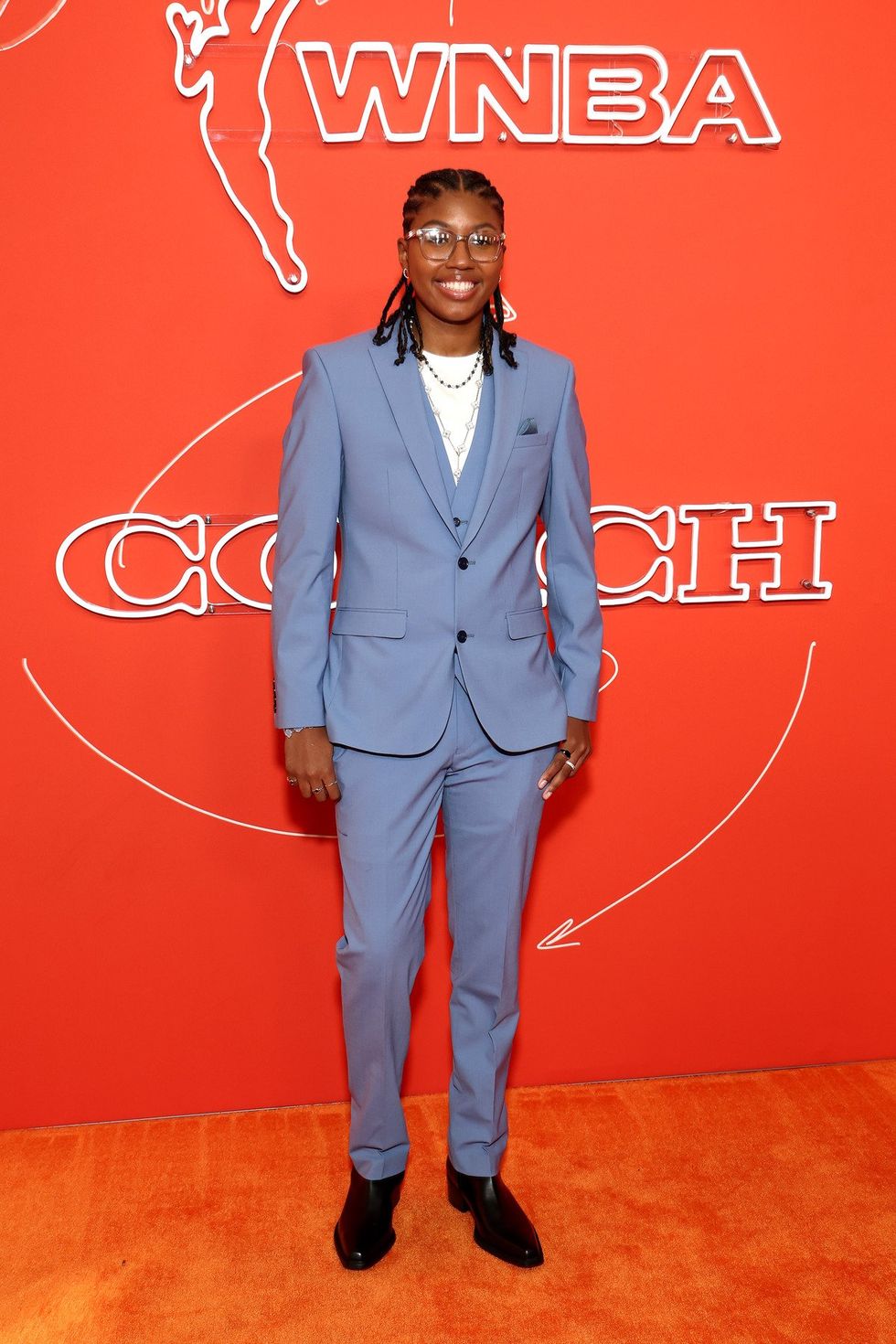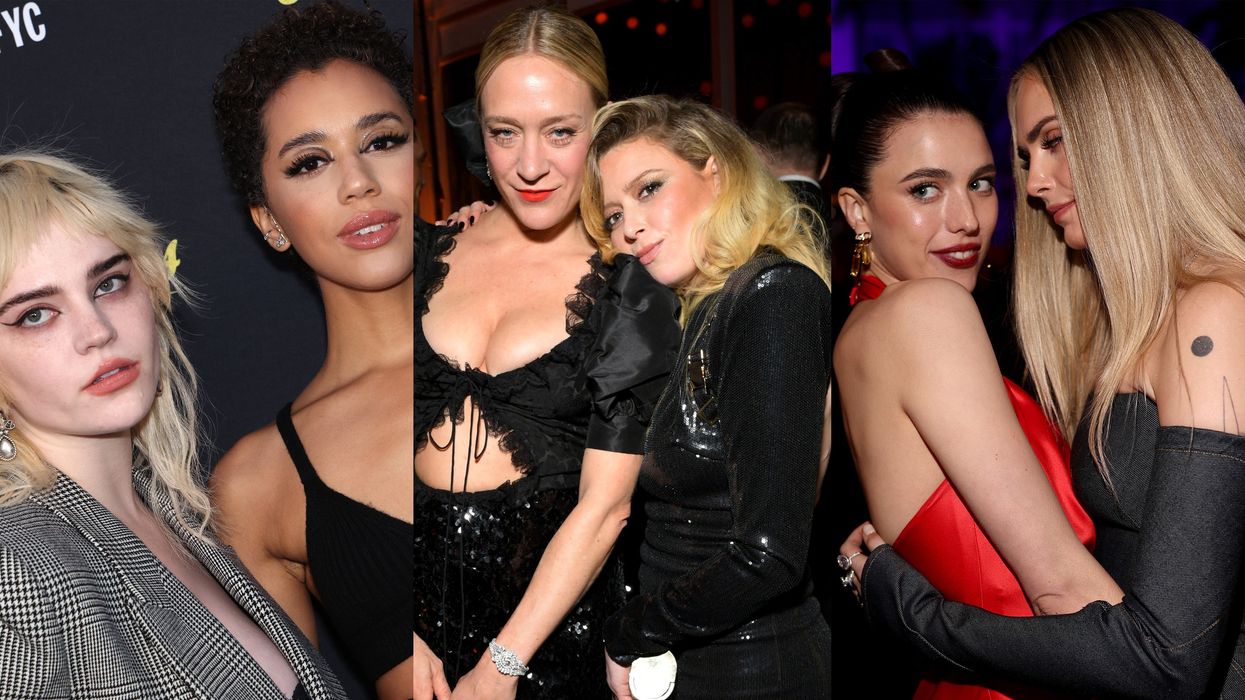If you remember the AIDS pandemic of the 1980s and 1990s, you are middle-aged.
You are also still alive when many of your peers from that time are long dead.
I remember the pandemic as if it were yesterday because I lived and breathed it as both journalist and activist for a decade. As a fledgling reporter, I was covering a story that no editor thought would go anywhere–give it to the new girl. But that new disease called AIDS became the biggest story of that decade. It became a story that changed the world.
When The Normal Heartpremieres on HBO May 25, it will tell that story, the story of AIDS in the 1980s. It will be an entirely new story to some. But for others of us it will be a trip back to a time that felt like the end of the world every day. Who was sick, now? Who was dying, now?
Larry Kramer’s play debuted in New York on April 21, 1985 at The Public Theater Off-Broadway. The Normal Heart is his story.
Kramer was two months shy of his 50th birthday and men were dying all around him. Some were his age, some were older, but many–many–were younger, of my generation, not Kramer’s, who is my parents’ age.
And that was terrifying.
It’s difficult to articulate the fear of those years, the rage of those years. The Normal Heart grabs that passion and shakes it in the viewer’s face. This is what is happening to us!
In an era of complacency when "activism" has been largely confined to Twitter, Facebook and Tumblr, it’s difficult to explain the sense memory of the in-your-face activism Kramer inspired with his writing and his founding of ACT UP (AIDS Coalition to Unleash Power) in 1987. I was working for a magazine, now defunct, called OutWeek. AIDS was a main focus. Tearing the closeted who were letting our people die due to their complacency from those closets was one of our goals. We coined the term "outing" and we did it every week.
The sense of urgency was oppressive. We were lying down in the streets of New York, Philadelphia and Boston in planned protests called die-ins. We were being arrested in front of the White House (there were no barriers up in those years). We were chanting "say it" first to President Ronald Reagan, then to President George H. W. Bush because they refused to speak about AIDS, refused to address the epidemic.
We were frantic. We were in a constant state of rage and fear. Who would be next?
I wrote about very little else for years. I was flying here and there to cover this new drug announcement or cover that new outbreak for various newspapers and magazines. I sat with several U.S. Surgeons General and dozens of doctors and scientists from New York to San Francisco. I held AIDS babies at Montefiore Hospital in the Bronx. I sat with men gaunt as concentration camp victims, the big red-wine-colored lesions of Kaposi’s sarcoma marring their once-handsome faces. I wandered through a strange little place called Belle Glade, Florida where an outbreak among an enclave of poor, straight, black people was leading some to think mosquitoes might be carriers. I flew to Research Triangle Park, NC to cover the announcement of a new drug called AZT.
I outed the infamous Roy Cohn, who had been a major player in Sen. Joe McCarthy's HUAC hearings and who was a member of the prosecutorial team that sent the Rosenbergs to the gas chamber, Cohn had always denied his homosexuality even as he prosecuted other gays. But when I discovered Cohn was being treated by Dr. Sam Broder, an AIDS specialist I had interviewed repeatedly, I knew Cohn had AIDS. He asserted he had liver cancer and the he was not then nor ever had been a "homosexual." But Cohn died of complications of AIDS at 59 in 1986, finally revealed to be a gay man who had hounded and terrorized other gay men for decades.
I met Cleve Jones and saw the beginnings of what would be the Names Project AIDS quilt. And I met countless gay men my own age who would be dead in a year or less. I Peeled countless gowns and masks off and put them in the biohazard containers outside hospital rooms marked "isolation."
Loss frames one’s perspective. Among all the gay men whose names I no longer recall, there are two–Assotto Saint and Darrell Yates-Rist–two of my close friends from that time whose faces flash before me as I contemplate what it means to be seeing The Normal Heart on TV on Memorial Day weekend. Assotto, a transplanted Haitian poet and activist, was 36. Darrell, a writer and co-founder of GLAAD, was 45. They’ve both been dead 20 years now.
For us–those of us who were trying to do whatever we could to staunch the hemorrhage of dying–the debut of The Normal Heart marks our Memorial Day. This film of Kramer’s play is a memorial to all those men and women who fought, who lay down in the filthy streets, who carried cardboard and papiér maché coffins, who held hands with the dying, who held up their pictures, who screamed their names, who would not be silenced.
There’s not much mention of Larry Kramer in the hype surrounding the HBO production. Ryan Murphy, producer and director of the film, is well known to TV audiences as the premiere gay showrunner on network and cable. Nip/Tuck, Glee, The New Normal and American Horror Story have garnered awards and audiences. They have brought tears to more than a few eyes as they–especially Glee–normalized gay on TV.
Bringing The Normal Heart to TV was an act of love for Murphy. But writing The Normal Heart was an act of defiance for Kramer. Murphy was 19 at Indiana University in Bloomington when The Normal Heart opened. How much could he know about AIDS, then and there, in the heartland?
But Kramer–Kramer knew all about AIDS. He was living in the AIDS epicenter.
In 1985, what Kramer did–writing about AIDS for the stage–was huge. Kramer was a screenwriter for a major studio. He’d been nominated for an Oscar for one of the best films of the 1960s, Ken Russell’s Women in Love. He was middle-aged. He was known. So when Kramer co-founded the Gay Men’s Health Crisis (GMHC), it was big. When The Normal Heart opened at The Public Theater, it was bigger and Mayor Koch and the then-venerable New York Times felt compelled to defend themselves against being called-out by Kramer in the play.
Kramer had accused them of standing idly by while gay men were dying.
You see all of this in The Normal Heart. You see the lived experience of that era, that time, those days before HIV in the U.S. (because it’s still a raging epidemic in Africa and Asia) was as manageable as diabetes or any other life-threatening but controllable disease.
You see, close up, in the tortured faces of actors Mark Ruffalo and Matt Bomer, Taylor Kitsch and Jim Parsons the impact of that time when there seemed to be no hope, only despair and inchoate rage.
The Normal Heart takes us into the days of crisis, the days of rage. Ruffalo plays Ned Weeks, Kramer’s stand-in, as he strives to get GMHC running and get someone, anyone, to listen to him about what is happening to gay men.
Some may find The Normal Heart over-the-top in these days when Macklemore’s hit song “Same Love”stands in for activism. But with a cast of stellar actors giving stellar performances (Julia Roberts gives hers from a wheelchair as the polio-stricken Dr. Emma Brookner who can relate to being felled young by disease better than most), the earnestness and messiness of an emergency, of life-and-death urgency ring palpably true.
Now as then, The Normal Heart is about what we do, how we act to save ourselves when no one else will step forward. Watching Ned buttonhole closeted men to try and get them to answer to someone absolutely evokes that time and what we were doing–literally grabbing people and yelling, "Help!"
But there’s more to the story -- it’s not just about death and dying and the activists who tried to stop it. It’s also about love and honor, about the depth and breadth of friendships among men who had built their own gay families. It’s about how the hard-won battle for sexual freedom suddenly became a battle to the death.
The Normal Heart is a trip back to a time that feels both a generation ago and close enough to touch. It’s a bloody piece of our collective queer history that’s been torn roughly from that time. And it’s a memorial to the fallen–as Jim Parsons’ character Tommy eulogizes in the film.
Those of us who lived through it will never forget. Those of you who did not must carry on the history. A generation of young gay men was lost in that one decade. The Normal Heart is for them–our gay dead–as told by someone who was there every minute, and for whom those men were never just faceless numbers in an epidemic.
Victoria A. Brownworth is an award-winning journalist, editor and writer. She has won the NLGJA, the Keystone Award, the Lambda Literary Award and has been nominated for the Pulitzer Prize. She won the 2013 Society of Professional Journalists Award for Enterprise/Investigative Reporting. She is a regular contributor to The Advocate and SheWired, a blogger for Huffington Post and a contributing editor for Curve magazine, Curve digital and Lambda Literary Review. Her writing has appeared in the New York Times. She is the author and editor of nearly 30 books including the award-winning Coming Out of Cancer: Writings from the Lesbian Cancer Epidemic and Restricted Access: Lesbians on Disability. Her collection, From Where We Sit: Black Writers Write Black Youth won the 2012 Moonbeam Award for Cultural/Historical Fiction. Her Y/A novelCuttingwill be published in fall 2014. @VABVOX























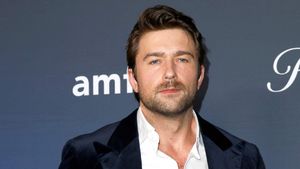






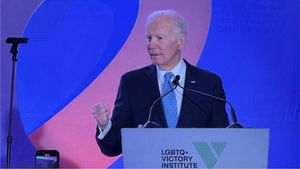



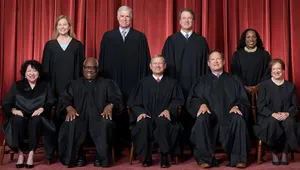











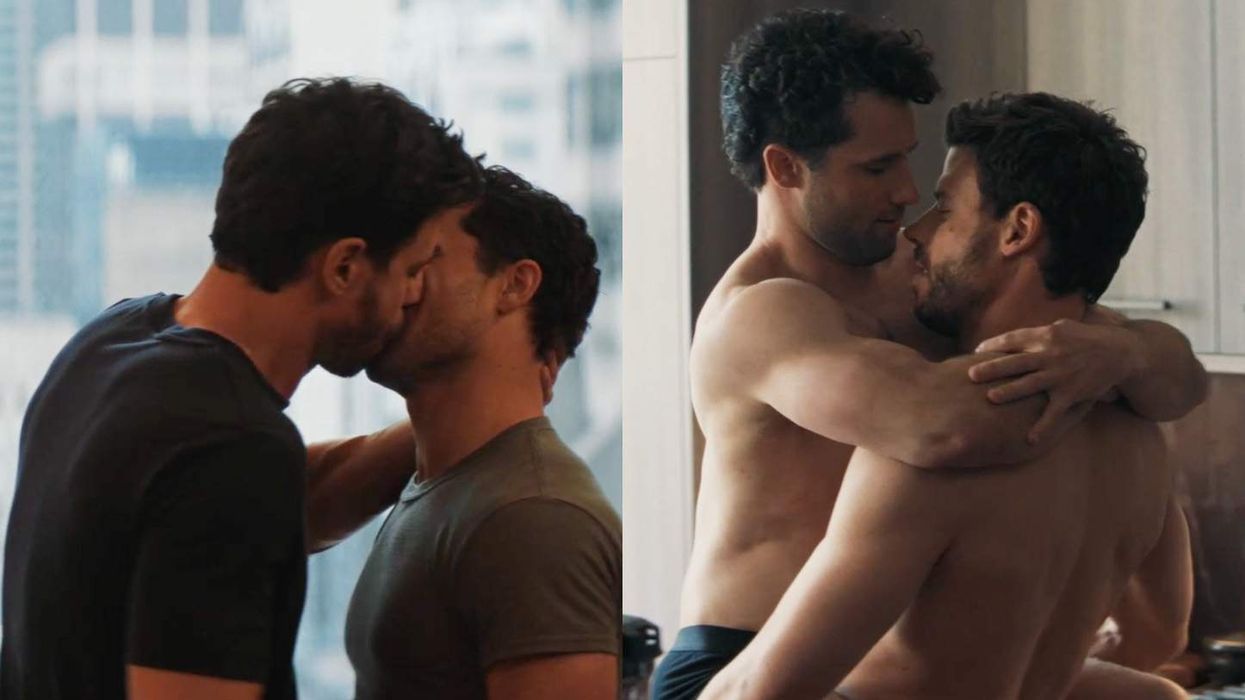
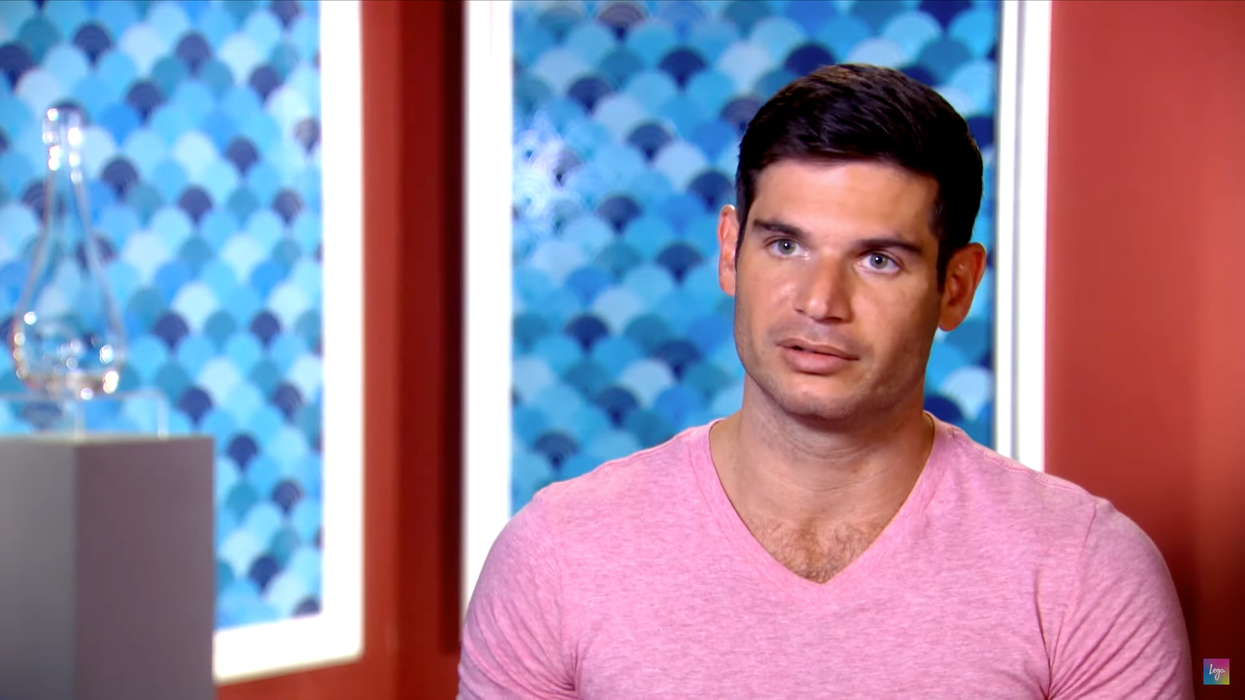

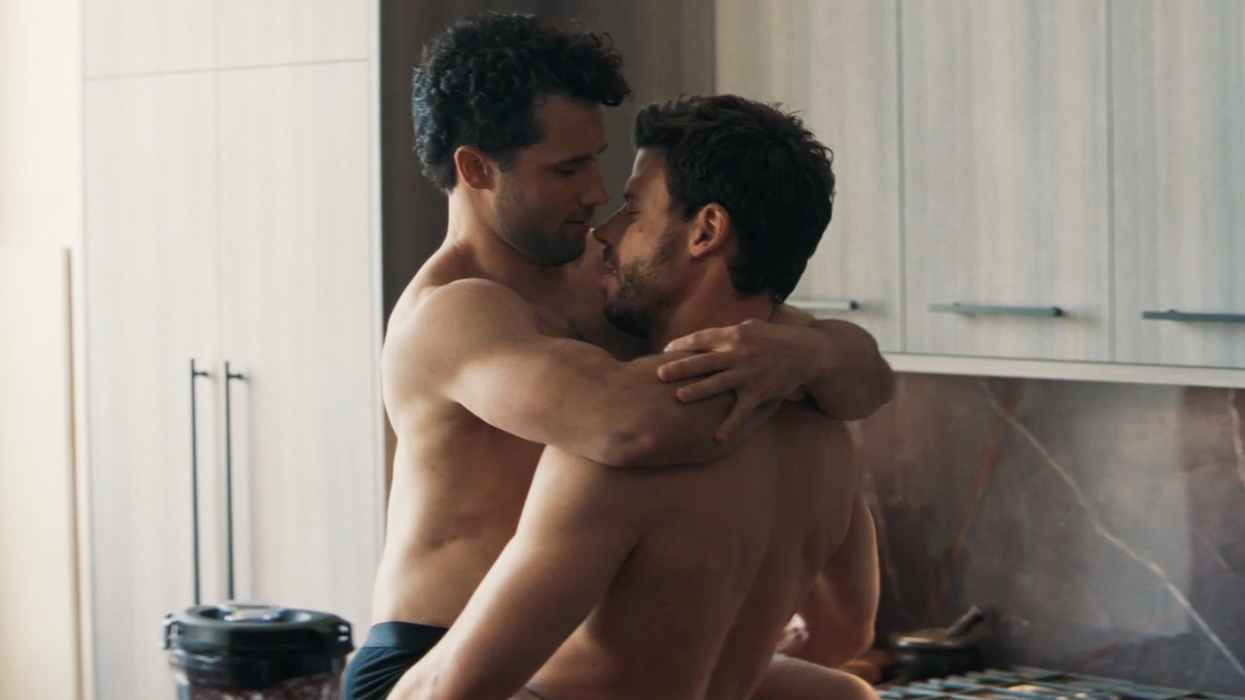
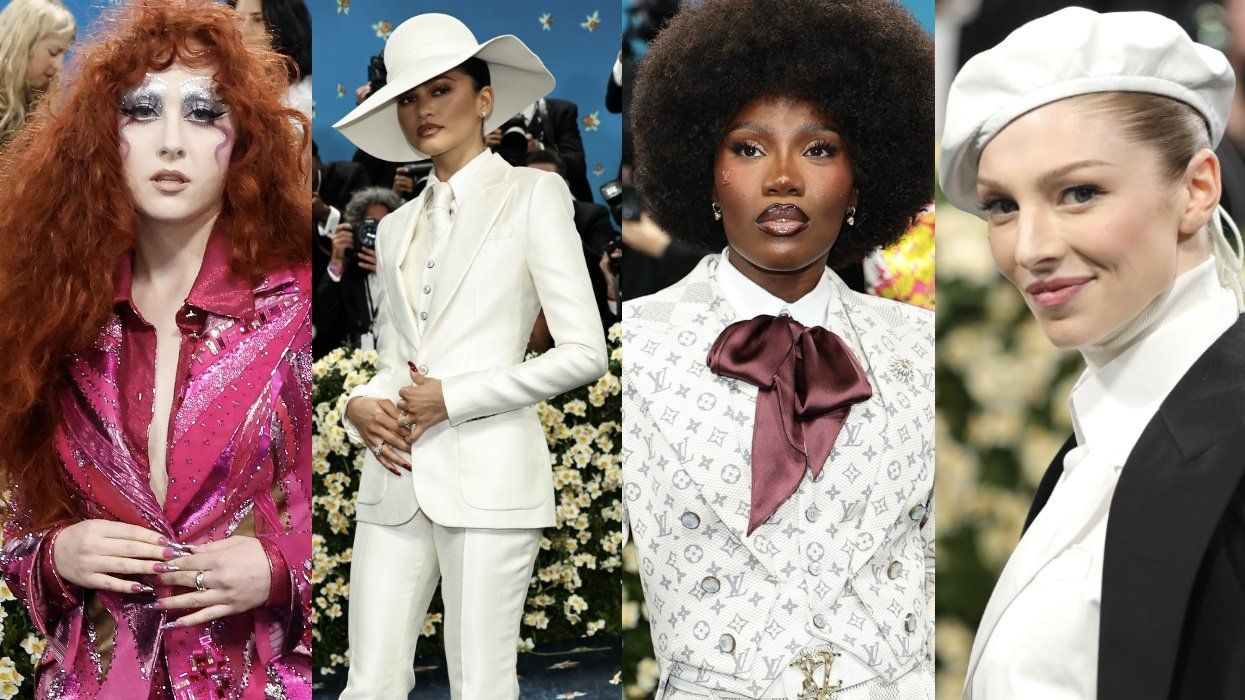
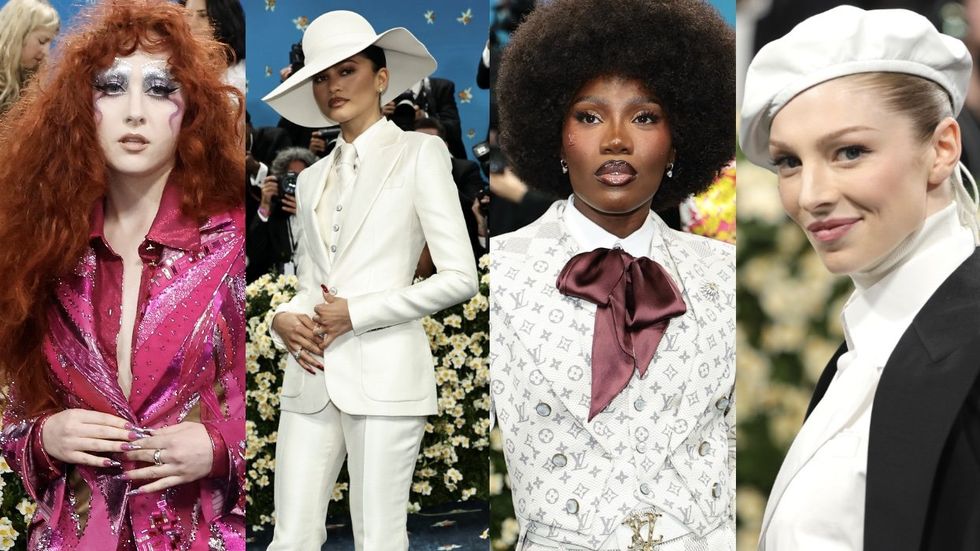



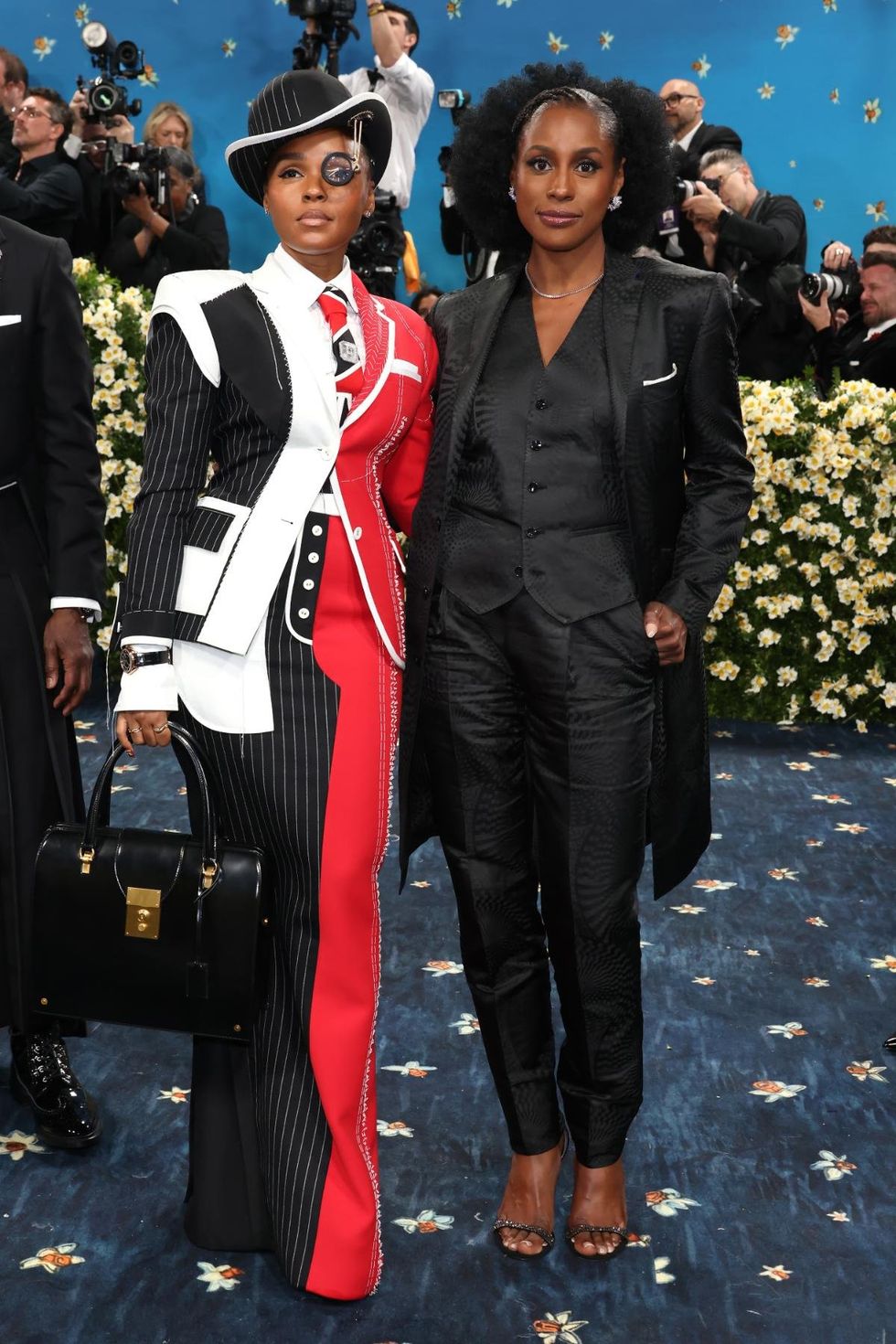
















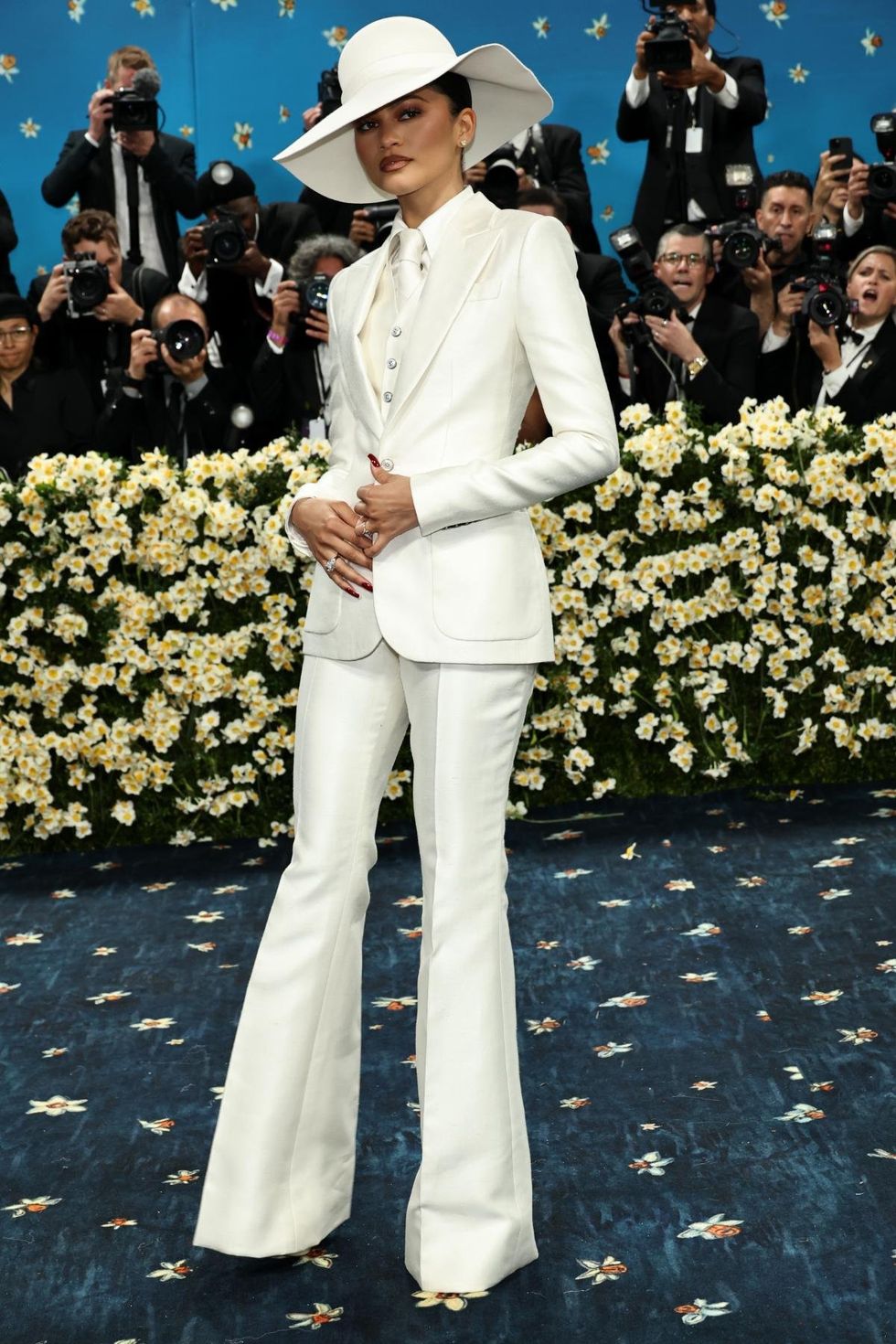



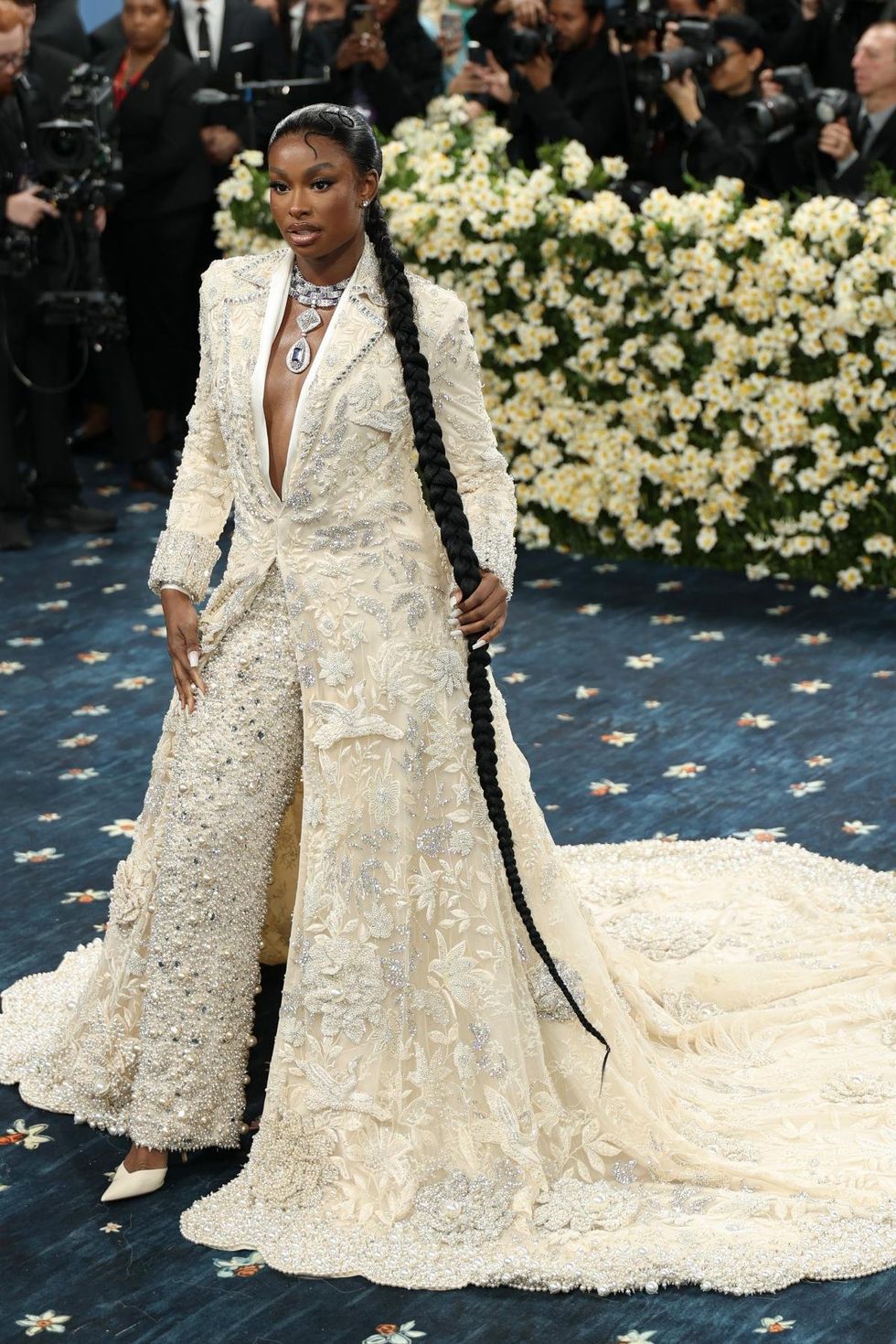









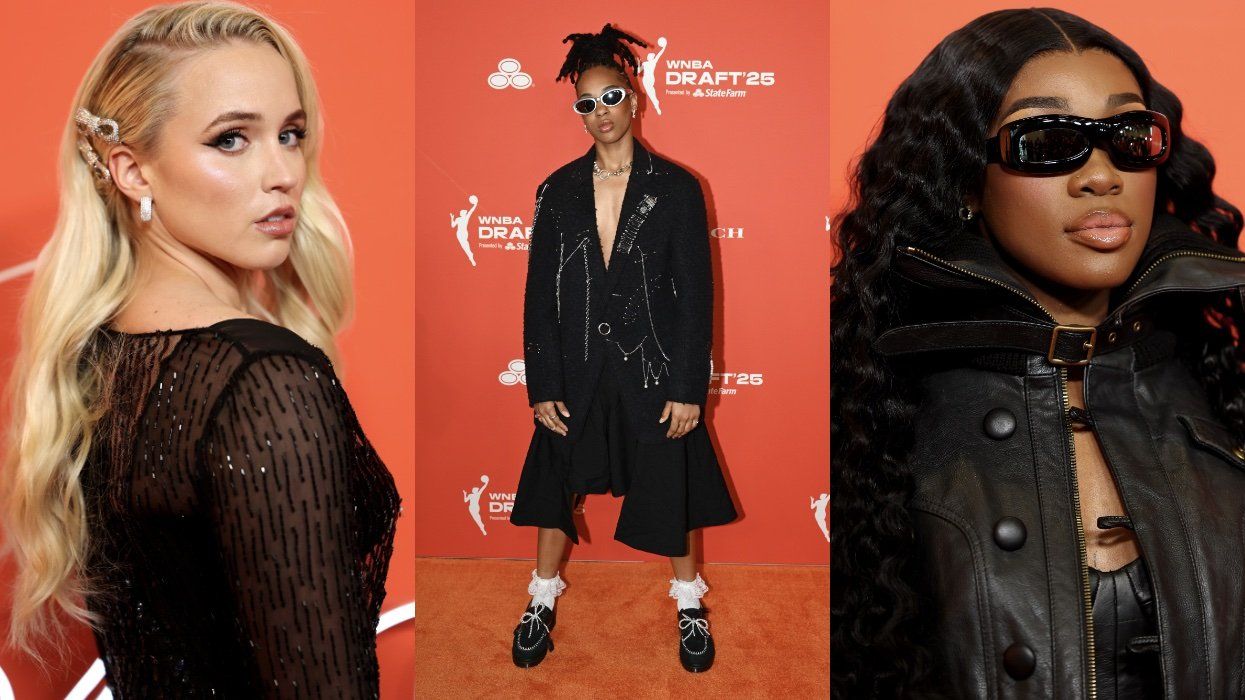
 Cindy Ord/Getty Images
Cindy Ord/Getty Images

